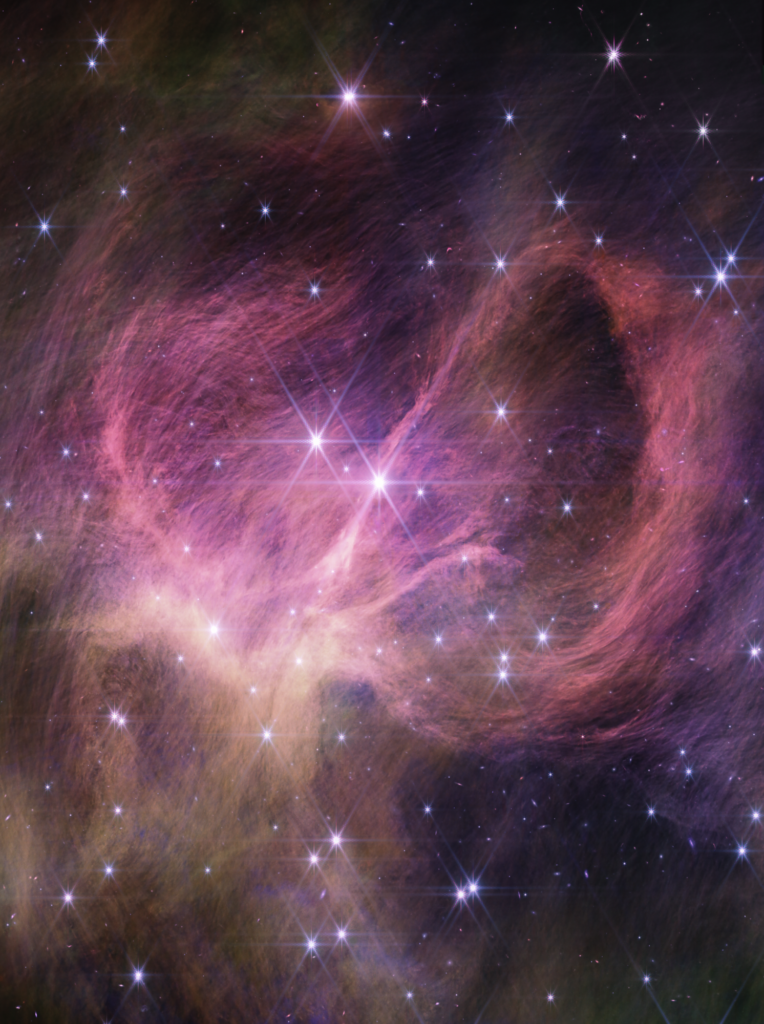
Recently, Kevin Luhman of Pennsylvania State University chose to study the star cluster IC 348, which is about 1,000 light years away in the Perseus star-forming region. Using James Webb’s NIRCAM (Near-Infrared Camera), his team found a tiny free-floating brown dwarf only three to four times the mass of Jupiter.
To locate these brown dwarfs, Luhman and his colleague Catarina Alves de Oliveira chose to study the star cluster IC 348. The cluster is very young, only about 5 million years old. Since it’s very young, any brown dwarfs would be bright in infrared light.
They found that these weighed three to eight Jupiter masses, with surface temperatures ranging between 1,500 to 2,800 degrees Fahrenheit. Out of all these, computer models suggest the smallest one could weight between three to four times the size of Jupiter.
“It’s pretty easy for current models to make giant planets in a disk around a star. But in this cluster, it would be unlikely this object formed in a disk, instead forming like a star, and three Jupiter masses is 300 times smaller than our Sun. So we have to ask, how does the star formation process operate at such very, very small masses?”
Catarina Alves de Oliveira of ESA (European Space Agency)
Two of the brown dwarfs found show the signature of an unidentified hydrocarbon, or molecule containing both hydrogen and carbon atoms. Still, the team isn’t absolutely sure if these are brown dwarfs or a planet. They are well within the mass range of giant planets. However, they believe it’s more likely a brown dwarf, since planets are uncommon compared to planets with smaller masses. In addition, most stars are low-mass stars, and giant planets are very rare among these stars. This means that it’s very unlikely stars in IC 348 could produce planets.
Image Source: NASA, ESA, CSA, STScI, K. Luhman (Penn State University), and C. Alves de Oliveira (ESA)